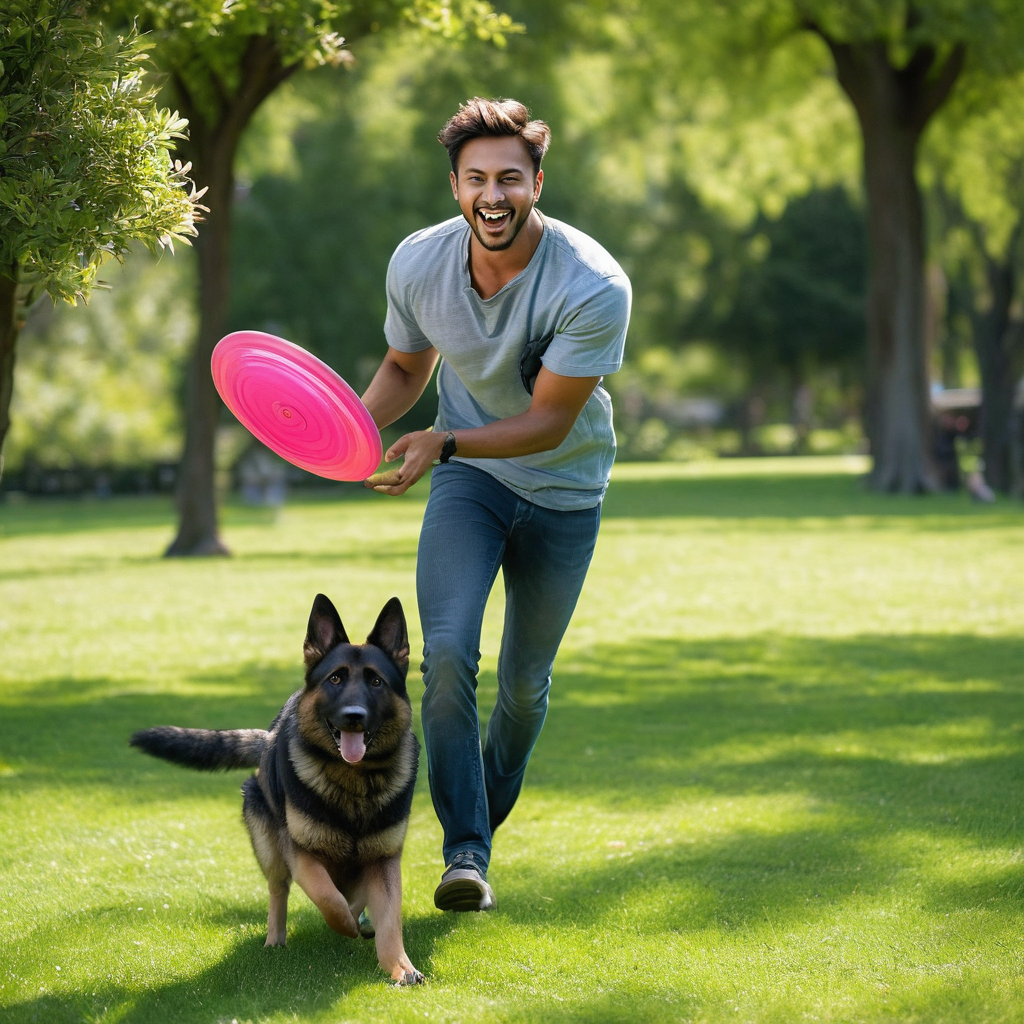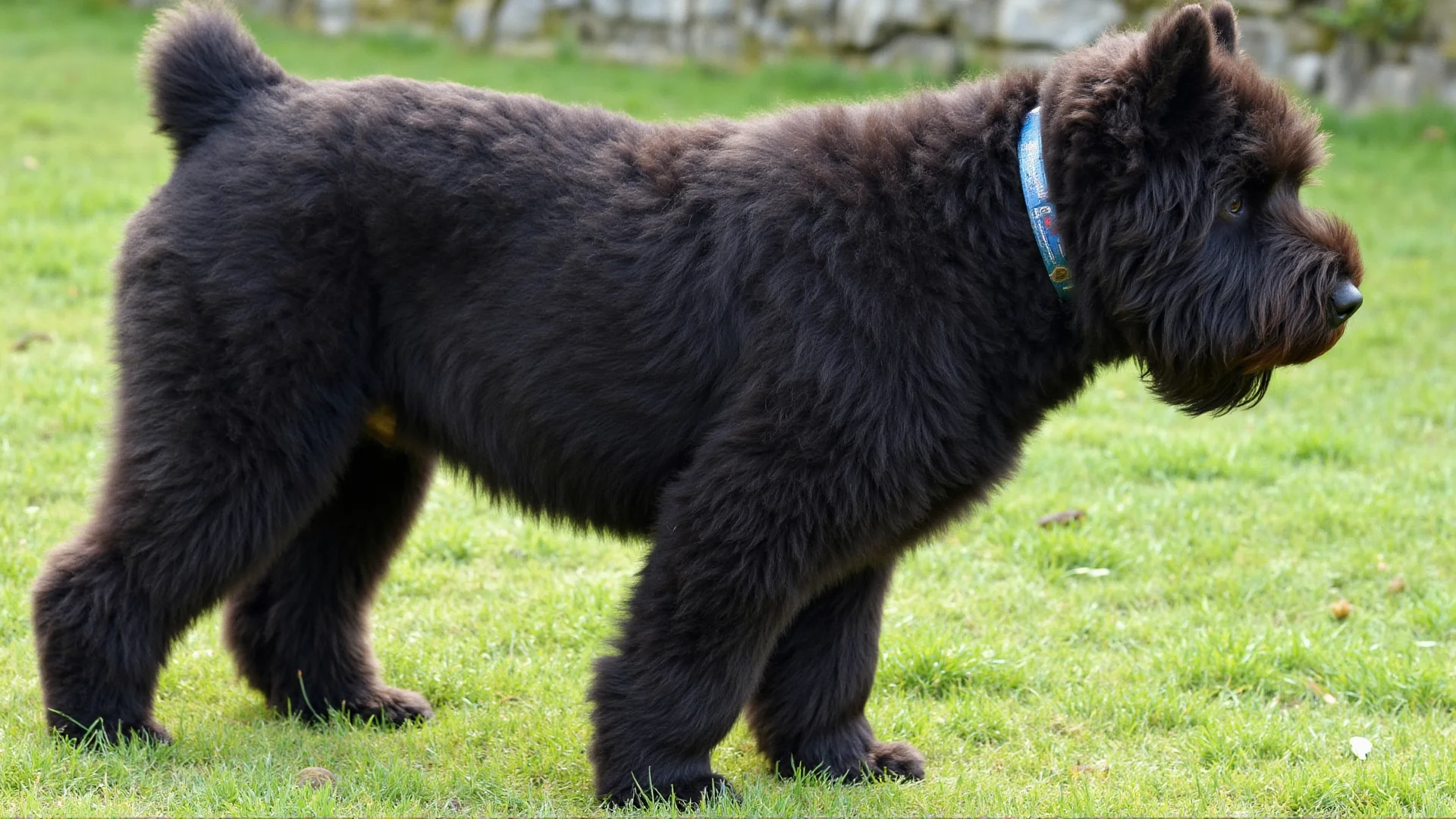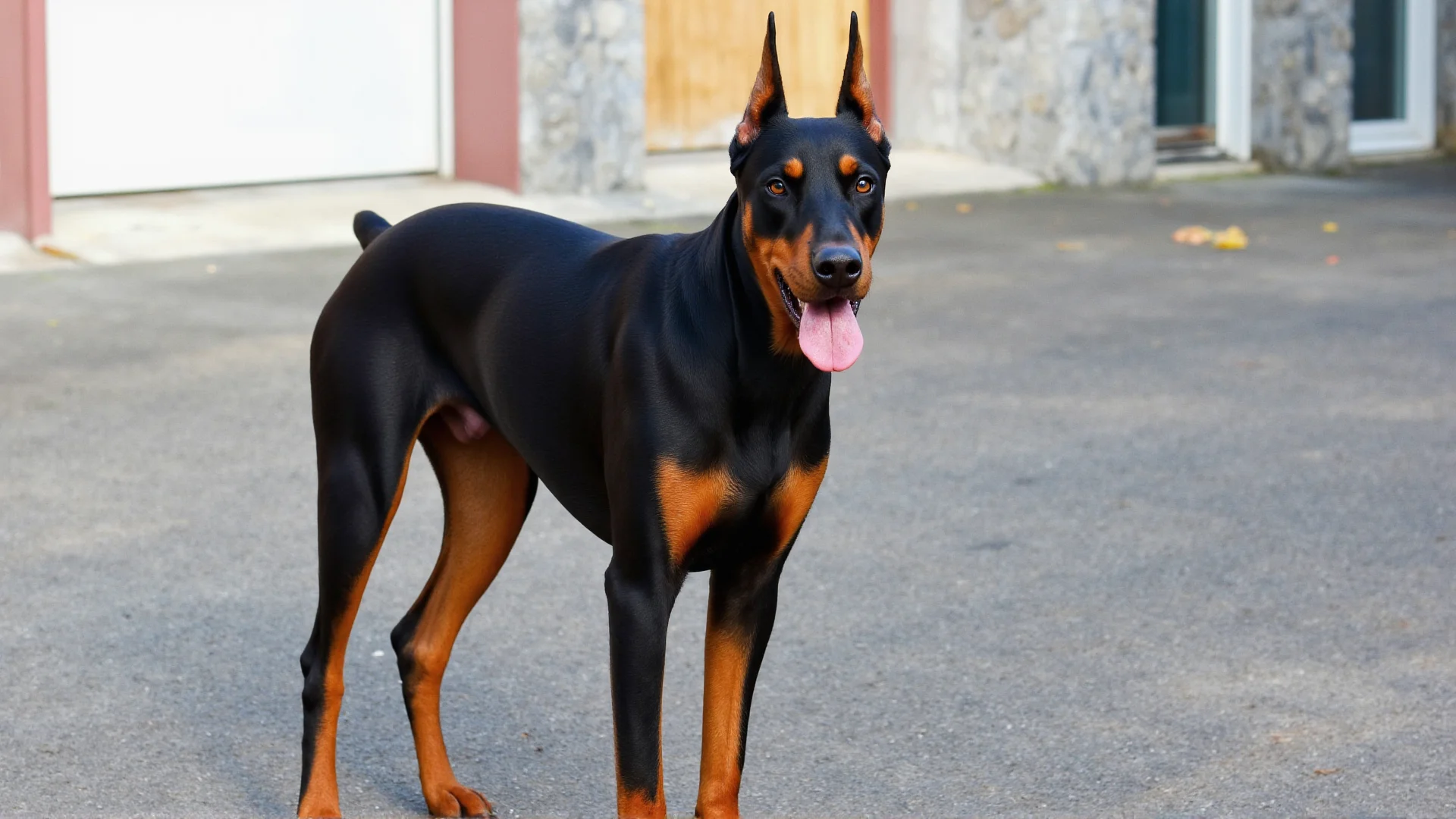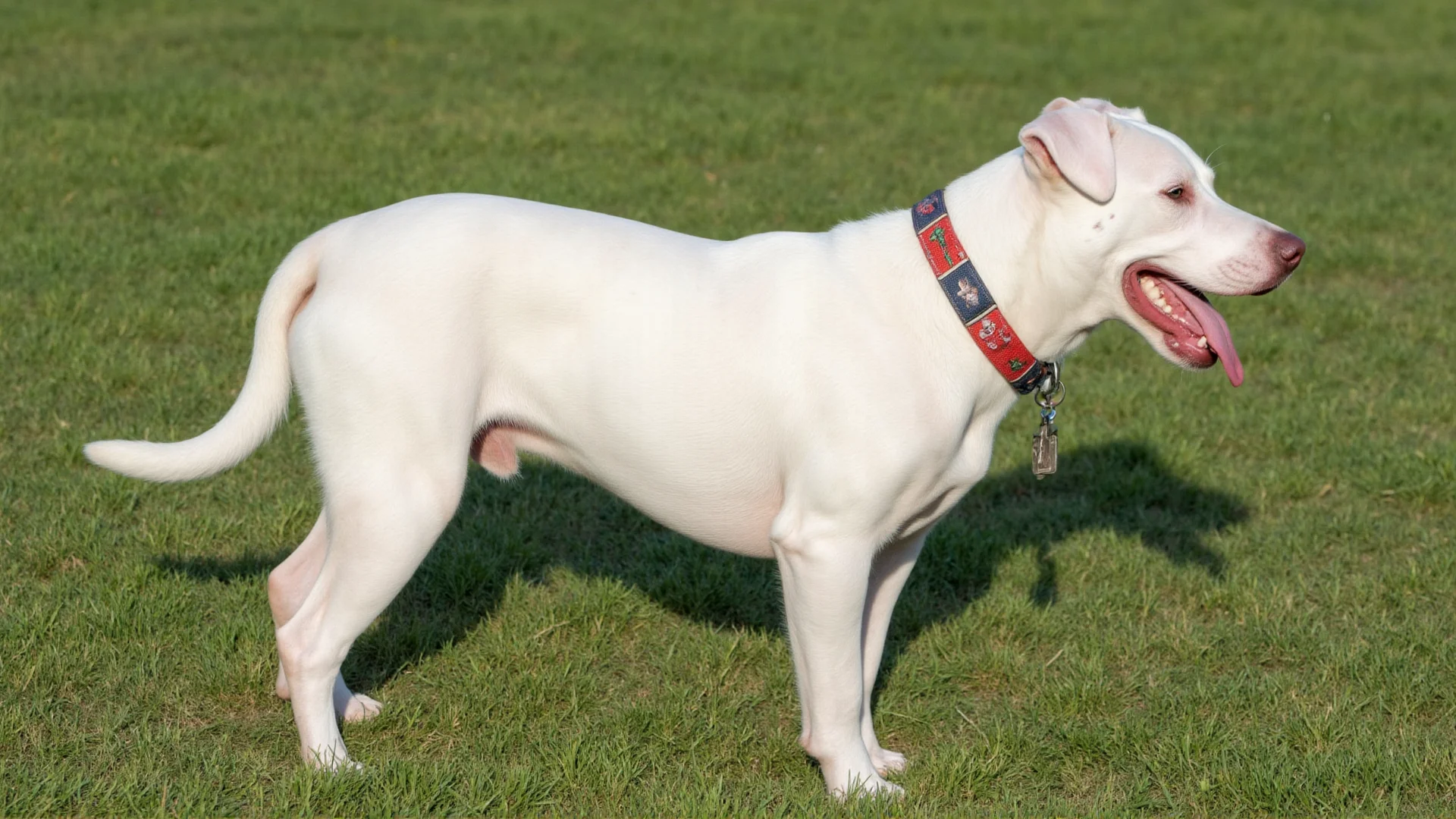The Norwegian Elkhound: Your Ultimate Hunting Companion and Loyal Family Guardian
For over six millennia, the Norwegian Elkhound has stood as one of the most remarkable hunting dogs in the world. This ancient Nordic breed combines exceptional hunting prowess with unwavering loyalty, making it both a formidable field companion and a devoted family guardian.
Ancient Heritage, Modern Excellence
The Norwegian Elkhound's hunting lineage stretches back to the Stone Age, where archaeological evidence shows these dogs accompanying Viking hunters across the rugged Scandinavian wilderness. Their compact, sturdy build and distinctive curled tail aren't just aesthetic features—they're the result of thousands of years of selective breeding for optimal hunting performance in harsh Nordic conditions.
Originally bred to hunt moose (called "elk" in Norway), these dogs possess an innate understanding of large game behavior that modern training simply cannot replicate. Their genetic memory carries the wisdom of countless generations of successful hunters, making them natural partners for today's serious sportsmen.
Hunting Capabilities That Define Excellence
Tracking and Scenting Abilities
The Norwegian Elkhound's scenting ability is legendary among hunting enthusiasts. Their keen nose can detect game scent from remarkable distances, often picking up trails that other breeds miss entirely. This superior olfactory capability stems from both their genetic heritage and their specialized nasal structure, which allows them to process scent information with extraordinary precision.
The Art of "Holding at Bay"
What truly sets the Norwegian Elkhound apart is their unique hunting strategy. Rather than pursuing game to exhaustion, these intelligent dogs use a technique called "holding at bay." They track their quarry silently, then position themselves to keep the animal stationary while barking to alert their human hunting partner. This method requires exceptional intelligence, courage, and self-control—qualities the Norwegian Elkhound possesses in abundance.
Versatile Game Hunting
While moose hunting remains their specialty, Norwegian Elkhounds excel at hunting various game species:
- Large Game: Moose, elk, bear, and wild boar
- Medium Game: Deer, lynx, and mountain cats
- Small Game: Rabbits, squirrels, and upland birds
Their adaptability makes them valuable companions for hunters pursuing different game throughout various seasons.
Physical Attributes for Hunting Success
Built for Endurance
Standing 19.5 to 20.5 inches tall and weighing 48 to 55 pounds, the Norwegian Elkhound strikes the perfect balance between power and agility. Their compact frame allows them to navigate dense forest undergrowth while maintaining the stamina needed for long hunting expeditions. The breed's thick double coat provides insulation against extreme weather, enabling them to hunt effectively in temperatures that would sideline other breeds.
Distinctive Features with Purpose
Every aspect of the Norwegian Elkhound's appearance serves a hunting function. Their erect, pointed ears provide exceptional hearing for detecting game movement. The characteristic curled tail, held over the back, acts as a visual signal for hunters following in dense cover. Their wolf-like facial features house powerful jaws capable of holding large game when necessary.
Training Your Norwegian Elkhound for Hunting
Starting Early: Puppy Development
Begin your Elkhound's hunting education early, ideally between 8-12 weeks of age. Start with basic obedience commands that will prove crucial in the field: recall, stay, and quiet commands. These dogs are naturally independent thinkers, so establishing clear communication early is essential for hunting success.
Scent Work Development
Introduce scent work gradually using game scents and tracking exercises. Norwegian Elkhounds have an instinctive drive to follow scent trails, but focused training will refine these natural abilities. Begin with short, simple tracks and gradually increase complexity as your dog masters each level.
Building Hunting Drive
While hunting instinct is genetic in Norwegian Elkhounds, proper development requires exposure to game situations. Controlled introductions to game scents, sounds, and eventually live game under supervision will awaken and focus their natural hunting drive. Remember that these dogs were bred to think independently, so training should enhance rather than suppress their decision-making abilities.
Seasonal Hunting Considerations
Cold Weather Advantages
Norwegian Elkhounds truly shine in cold weather hunting conditions. Their dense undercoat and weather-resistant outer coat allow them to work comfortably in snow and freezing temperatures. Many hunters find their Elkhounds actually perform better in cold conditions, showing increased energy and focus when temperatures drop.
Warm Weather Adaptations
While bred for Nordic conditions, Norwegian Elkhounds can adapt to warmer climates with proper management. During warm weather hunting, plan shorter sessions during cooler parts of the day, ensure adequate water supply, and watch for signs of overheating. Their thick coat requires extra attention in hot weather.
Beyond Hunting: The Complete Companion
Family Guardian Instincts
The same protective instincts that make Norwegian Elkhounds excellent hunting partners also make them outstanding family guardians. They're naturally alert to their surroundings and will protect their family with fierce loyalty. However, proper socialization ensures they can distinguish between genuine threats and normal everyday situations.
Intelligence and Trainability
Norwegian Elkhounds rank among the more intelligent dog breeds, but their independence can sometimes be mistaken for stubbornness. They think for themselves—a trait essential for hunting dogs who must make split-second decisions in the field. Successful training requires patience, consistency, and respect for their natural intelligence.
Health and Care for Hunting Dogs
Nutritional Needs
Active hunting Norwegian Elkhounds require high-quality nutrition to maintain their energy and stamina. During hunting season, increase protein and fat content to support their increased activity levels. Fresh water should always be available, especially during extended hunting trips.
Preventive Health Care
Regular veterinary care is crucial for maintaining your hunting companion's health. Ensure vaccinations are current, particularly for diseases like Lyme disease that can be transmitted in hunting environments. Regular health screenings help catch potential issues before they affect hunting performance.
Field Injury Prevention
Norwegian Elkhounds are generally robust, but hunting environments present unique risks. Check feet regularly for cuts or embedded thorns, monitor for signs of exhaustion, and carry a basic first aid kit designed for hunting dogs. Their thick coat can hide minor injuries, so thorough post-hunt examinations are essential.
Choosing Your Norwegian Elkhound Hunting Partner
Finding the Right Breeder
When selecting a Norwegian Elkhound for hunting, choose breeders who focus on working bloodlines rather than just show qualities. Ask about the hunting history of both parents, and request to meet adult dogs from previous litters to assess their hunting drive and temperament.
Evaluating Hunting Potential
Look for puppies that show natural curiosity, confidence, and moderate independence. While very young puppies won't display full hunting behaviors, certain traits like scent interest, alertness to sounds, and bold exploration of new environments can indicate hunting potential.
The Norwegian Elkhound Hunting Community
Joining Norwegian Elkhound hunting communities can provide valuable resources for both new and experienced owners. These groups often organize hunting events, training workshops, and provide mentorship opportunities. The Norwegian Elkhound Association of America offers resources specifically focused on maintaining the breed's hunting heritage.
Many experienced Elkhound hunters are generous with their knowledge and may be willing to share training techniques or even provide hunting opportunities for newcomers to learn alongside seasoned dogs.




